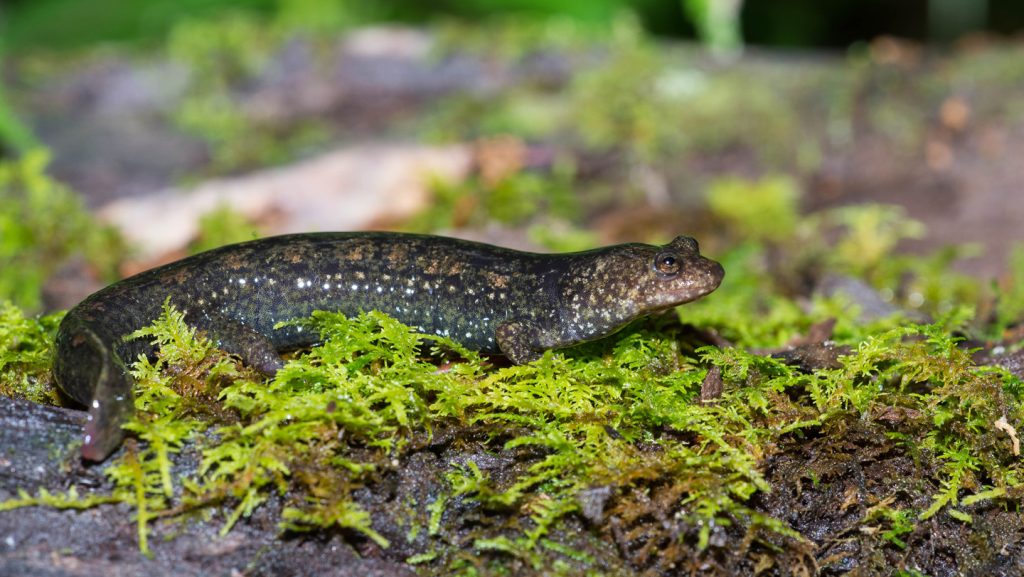The Heat of Aggression: Understanding Temperature’s Impact on Behavior Across Species
The Universal Temperature-Aggression Connection
When temperatures rise, tempers often flare—a pattern observed not just in humans but across the animal kingdom. Recent scientific investigations have revealed compelling evidence that higher temperatures can significantly increase aggressive behaviors in species ranging from insects to primates. A 2024 comprehensive meta-analysis published in Environmental Health Perspectives examined the relationship between temperature, crime, and violence, finding consistent correlations between heat waves and increased interpersonal conflicts. This pattern is not limited to our species. Researchers like Francispillai, Dietsch, and Chapman demonstrated in their 2024 study that fish aggression is notably affected by water temperature, with aggression typically increasing until reaching a thermal threshold, after which the stress of extreme heat appears to reduce aggressive displays. These temperature-linked behavioral changes seem to represent a widespread biological response that transcends species boundaries, suggesting common underlying mechanisms that may date back millions of years in our evolutionary history.
From Laboratory Animals to Wild Observations
The scientific exploration of heat’s influence on aggression dates back decades. In 1971, Berry and Jack documented how elevated temperatures increased shock-elicited aggression in laboratory rats, while Greenberg’s 1972 research with mice showed heightened aggression when both temperature and population density increased. More recent studies have expanded this understanding to natural environments. Bissell and Cecala’s 2019 research revealed that Appalachian stream salamanders display increased interspecific aggression at elevated temperatures, potentially altering competitive dynamics in these sensitive ecosystems. Similarly, Jones and colleagues’ 2024 study demonstrated that tropical fish exhibit nonlinear aggressive responses to temperature increases—rising aggression followed by a decline once temperatures become too extreme for normal functioning. This pattern suggests that while moderate heat may energize and intensify confrontations, extreme temperatures eventually impose physiological constraints that override aggressive impulses as organisms struggle to cope with thermal stress.
The Compounding Effect of Environmental Factors
The relationship between temperature and aggression becomes even more complex when other environmental factors enter the equation. Krapf and colleagues’ 2023 research revealed that higher ambient temperatures combined with increased nitrogen availability significantly heightened ant aggression, suggesting that multiple aspects of global change may collectively intensify hostile behaviors. A particularly striking example comes from Xu’s 2021 study, which found that monkeys fight more frequently in polluted air, indicating that poor air quality may exacerbate temperature-related aggression. Francispillai’s team further demonstrated that turbidity (water cloudiness) interacts with temperature to affect thermal tolerance in fish, potentially altering aggressive responses. These findings highlight how various aspects of environmental degradation—heat, pollution, resource availability—may work synergistically to amplify aggressive tendencies across species, creating cascading effects throughout ecosystems as climate change intensifies.
Mechanisms Underlying Heat-Induced Aggression
What drives this consistent relationship between heat and aggression? According to psychologist Susan Pappas, whose work was featured in a 2024 issue of Monitor on Psychology, several mechanisms likely contribute to this phenomenon in humans. Heat creates physiological discomfort that can lower irritation thresholds while simultaneously increasing arousal and emotional reactivity. Extreme temperatures also deplete cognitive resources normally used for self-regulation and rational decision-making. Similar mechanisms may operate across species. For example, increased metabolic rates at higher temperatures may enhance activity levels and aggressive potential in ectothermic animals like fish and reptiles, while also accelerating biological processes that influence hormone production and neurochemical balances regulating aggression. Additionally, thermal stress may alter cost-benefit calculations in competitive interactions, potentially making aggressive responses seem more advantageous when resources become scarce or contested under hot conditions.
Practical Implications for Human Communities
The temperature-aggression connection has significant practical implications for human communities, especially as climate change drives more frequent and intense heat waves. Dey, Zanobetti, and Linnman’s 2023 research documented higher rates of dog bites on hot, sunny, and smoggy days—a finding with direct public health relevance. More broadly, the consistent link between heat and human violence documented in Choi’s 2024 meta-analysis suggests that climate change may increase crime rates and interpersonal conflicts unless adaptive measures are implemented. These could include expanded access to cooling centers, modified urban design to reduce heat islands, temperature-responsive policing strategies, and community-based conflict resolution programs specifically designed to address heat-related irritability. The evidence also suggests that combined environmental stressors—heat plus pollution, heat plus crowding—may create particularly high-risk conditions for aggressive outbursts, requiring multifaceted prevention approaches rather than single-factor interventions.
Future Research Directions and Ecological Considerations
As global temperatures continue to rise, understanding the complex relationship between heat and aggression becomes increasingly urgent. Future research must explore how various species might adapt to chronically elevated temperatures over multiple generations, potentially developing physiological or behavioral mechanisms to maintain social stability despite thermal stress. Scientists should also examine potential tipping points where cumulative environmental stressors might trigger widespread disruptions in species interactions and ecosystem functioning. For human societies, interdisciplinary collaborations between climatologists, psychologists, urban planners, and public health experts will be essential to develop effective strategies for mitigating heat-related aggression. The consistent pattern observed across diverse animal species—from ants to humans—underscores that the temperature-aggression relationship is not merely a psychological curiosity but a fundamental biological response with far-reaching implications for ecology, evolution, and human well-being in our increasingly warmer world. By understanding these patterns now, we may develop the adaptive capacity needed to maintain social harmony despite the thermal challenges that lie ahead.















